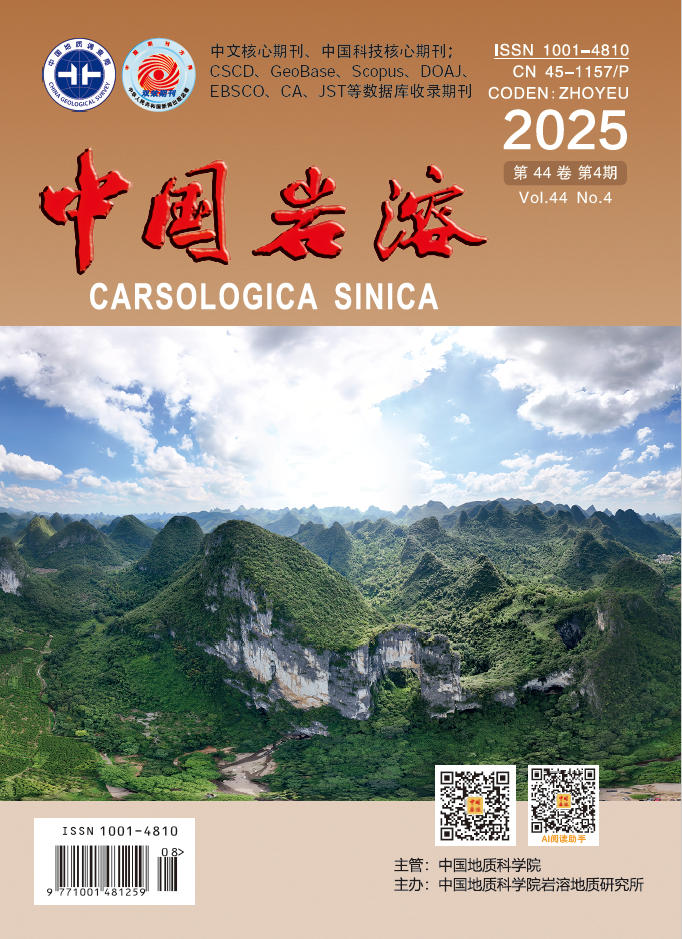2015, 34(1): 86-94.
doi: 10.11932/karst20150112
Abstract:
Land integration is an important measure to build high-standard prime farmland. It can improve production and living conditions of farmers and enhance the comprehensive land productivity. This study takes the land integration project in the karst area of Sanba township, Fengdu county in Chongqing City as an example. It collected 52 points before this project (December 2012) and 28 typical points afterwards (March 2013). Through field sampling and laboratory analysis, this paper have studied the effect of this project on soil microbial structure, soil microbial biomass carbon (SMBC), soil microbial biomass nitrogen (SMBN) and enzyme activity including catalase (CAT), urease (URE), and sucrase(INV) activity of soil microorganisms in the low hilly area. Our objective was to describe the distribution characteristics before and after finishing land integration. The results show that, (1) the implementation of this project has imposed significant effect on soil microbial. After the land integration, the number of actinomycetes decreased in the soil than the previous state, and the number of fungi increased. (2) Land integration reduced overall SMBC and SMBN content in 0 to 20 cm soil, of which SMBC content was decreased by 20.33% and SMBN content decreased by 47.84%, respectively. In vertical distribution, land integration changed the rule that SMBC and SMBN contents vary with soil depth, showing their minimum values 68.34 mg/kg and maximum value 33.58 mg/kg in the subsurface of 20 to 40 cm. (3) In the same soil, land integration has caused significant differences between urease activity and catalase activity in 0 to 20 cm and 20 to 40 cm, while invertase activities were significant different in 0 to 20 cm, 20 to 40 cm and 40 to 60 cm soil levels. After land integration, urease and catalase activity decreased, and invertase activity improved, each in the soil tends to be uniform as well. (4) Organic material is significantly positively correlated with surface SMBC and SMBN contents and urease activity, and pH shows a significant positive correlation with soil enzyme activity. The change of SMBC and SMBN contents and soil enzyme activity can be used as indicators to determine the soil fertility level and soil fertility effect before and after land integration, and it can help to carry out soil improvement and soil fertility work in the area after land integration.






